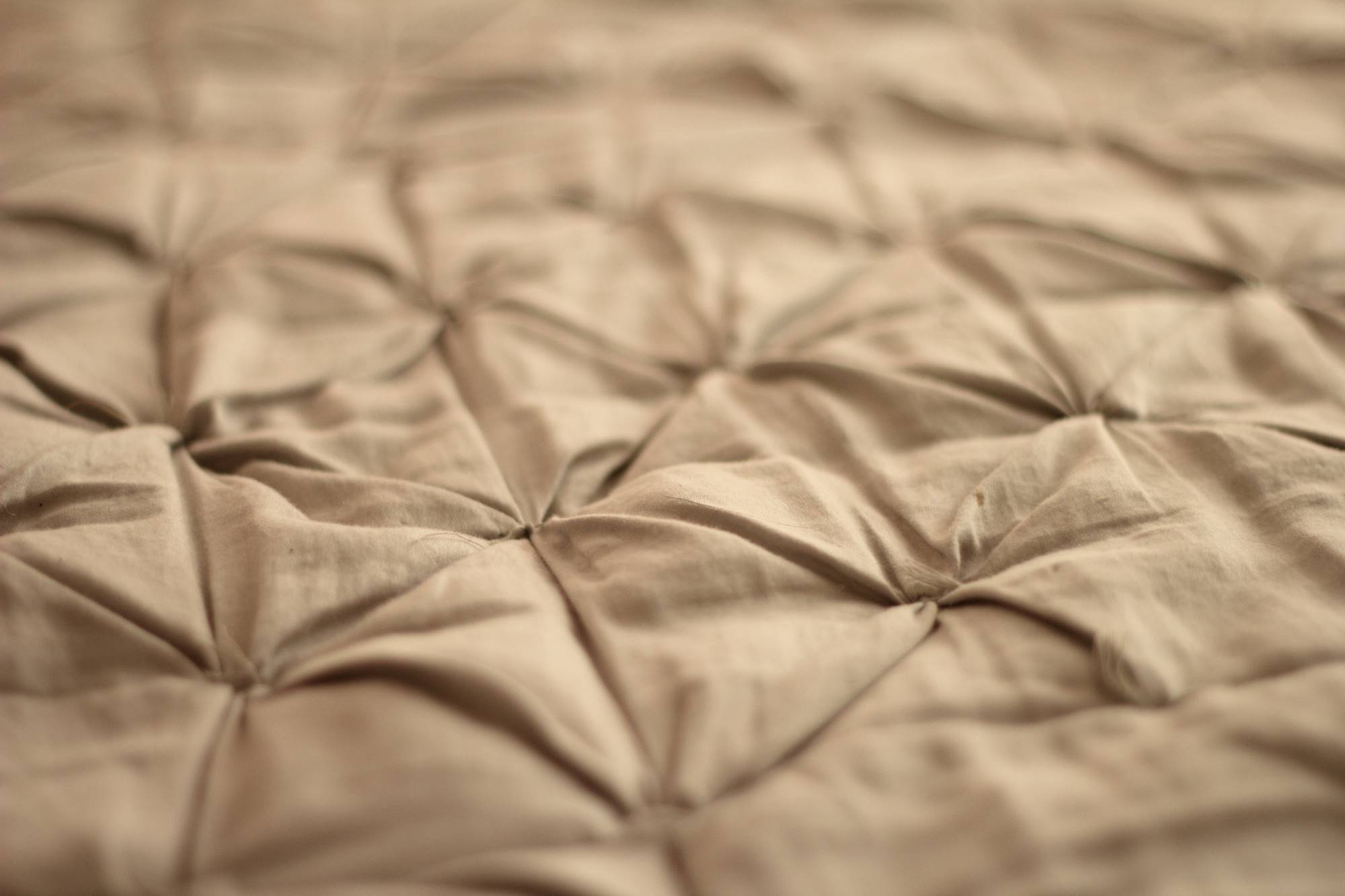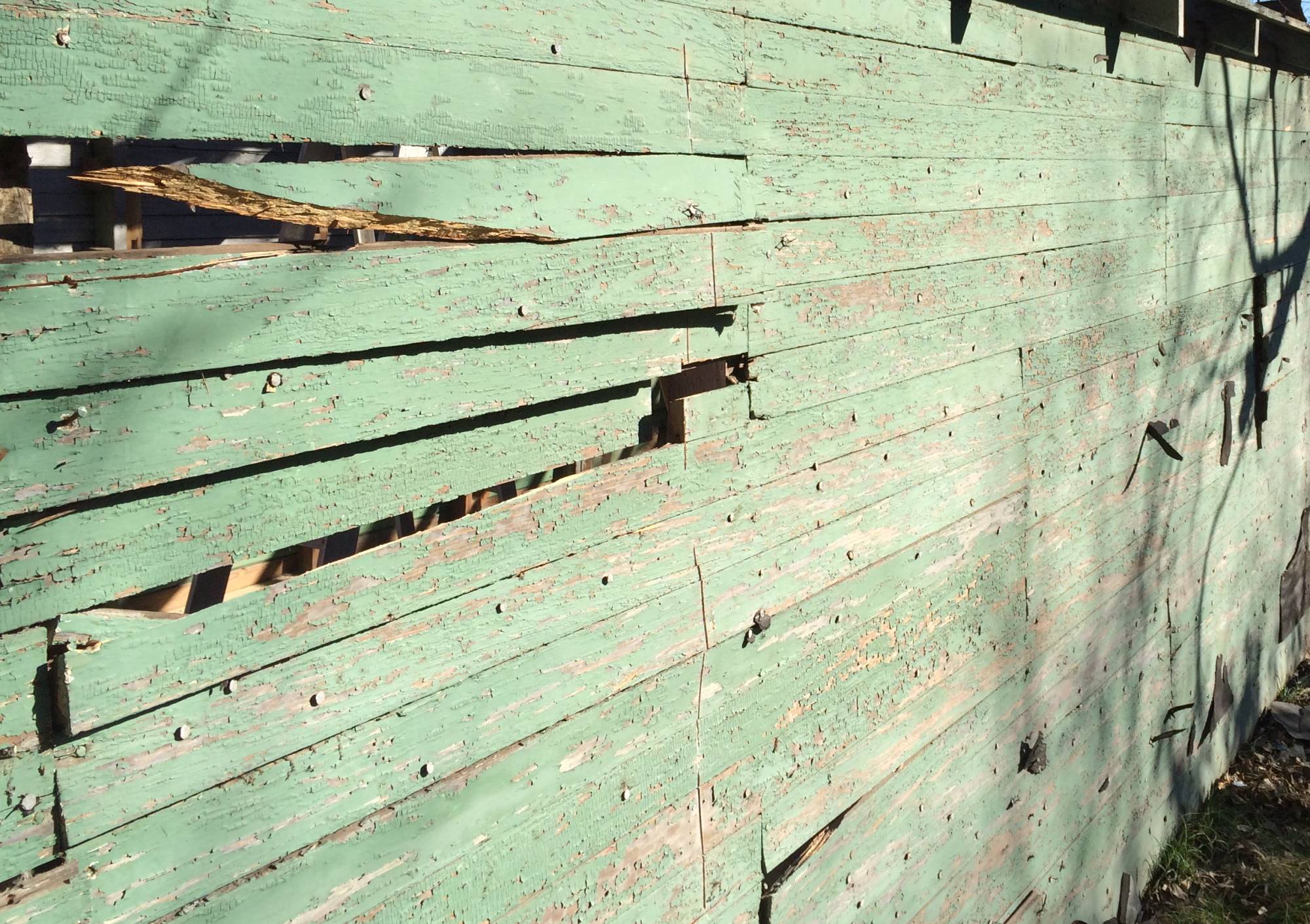1
I do not understand the compulsion so many architects, and so many people in general, have in viewing appearances as an ultimate definition of worth. It is a strange confusion: as though looking at things is all of experiencing them, when looks are only the first, and frequently weakest, of the ways our world touches us.
We place a great deal of emphasis on beauty. It is an ill-defined, qualitatively flexible quality which nevertheless can be communicated easily with photos and other visual aids. Magazines, websites (including this one, to a considerable extent), and books are built upon visual foundations, and these are the popular communications about design in our time. At best, an article might include a quote from the owner who relates that their house "just feels like home," a feeling never conveyed through the clinical photographs of the trade, which are about clean edges and sharp lines, not feelings or impressions.
Beauty is a measure of appearance, not of worth. What is worthwhile? I argue that worth is what you take with you, in memory and feeling. The greatest spaces are those which we carry in our hearts: the warmth of a childhood kitchen; a Paris cafe; the sunlit breakfast nook in our grandparents' house; the calm blue light of the evening setting off the sparkle of a dining room chandelier. Only the rarest image can convey the strength of those places; their quality. They are personal. Their value is communicated not through an architectural journal, but through a memoir, or a novelist's insight. Communicating these things lives within the realm of art, not architecture, and architects who do not realize that the aspirations of art should be theirs as well fail to make all they can of their trade.

2
I admit that the pursuit of feeling, rather than seeing architecture, is a curious and obscure path. Who would design buildings that pay no service to publication? Who would pass over fresh concrete and glass in favor of battered old wood planks, just because they hold a hard-earned, important truth about existence that can't be conveyed in language? Who would try to convince an owner that it isn't how a space looks that matters, but how it lies in your heart twenty years after your life has passed it by?
What I call experiential design is about how a space makes you feel, versus how a space looks. Those considerations are linked, of course, but there is a huge set of parameters which appearance alone does not touch. I'll have more articles in the future about design qualities which are rarely addressed but always an important part of our experience.
